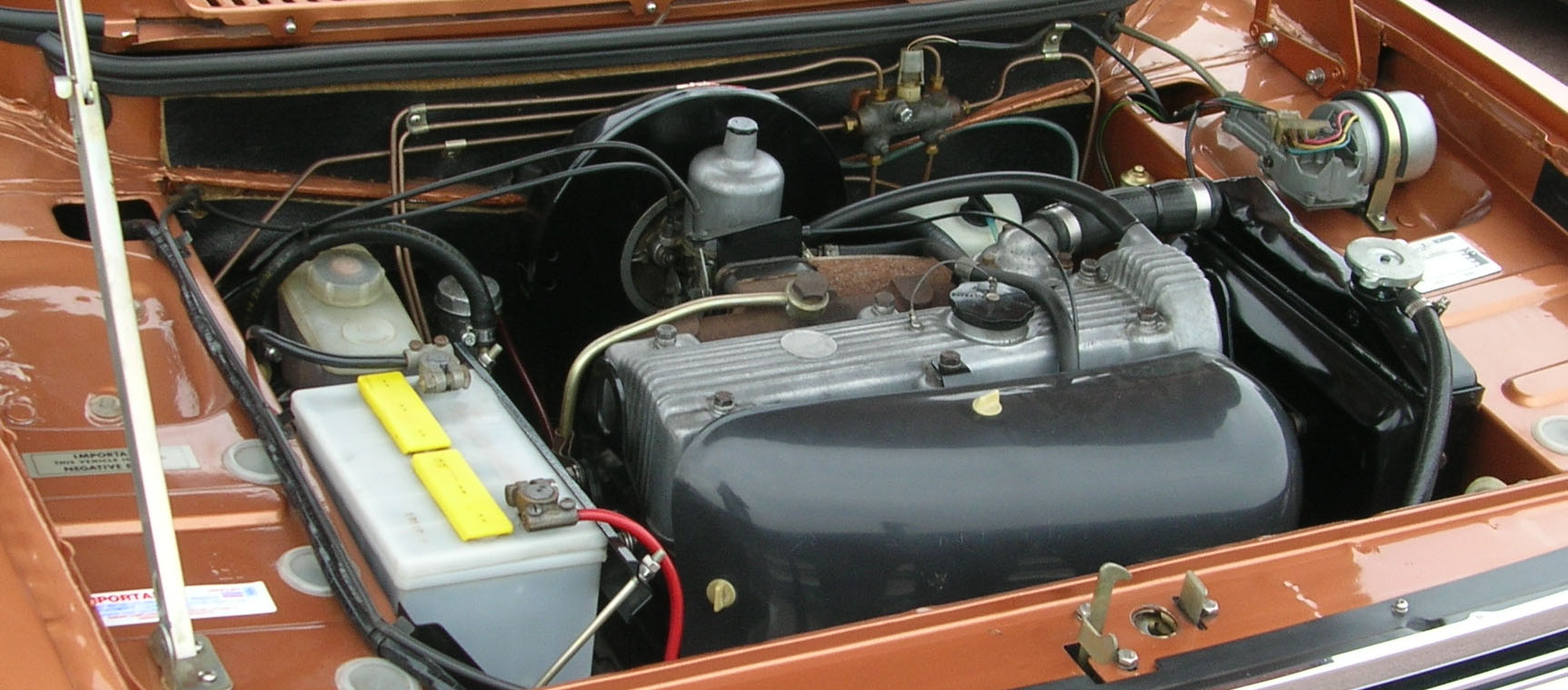|
Fiber Pull-out
Fiber pull-out is one of the failure mechanisms in fiber-reinforced composite materials. Other forms of failure include delamination, intralaminar matrix cracking, longitudinal matrix splitting, fiber/matrix debonding, and fiber fracture. The cause of fiber pull-out and delamination is weak bonding. Work for debonding, W_d = \frac where *d is fiber diameter *\sigma_f^2 is failure strength of the fiber *l_d is the length of the debonded zone *E_f is fiber modulus In ceramic matrix composite material this mechanism is not a failure mechanism, but essential for its fracture toughness, which is several factors above that of conventional ceramics. The figure is an example of how a fracture surface of this material looks like. The strong fibers form bridges over the cracks before they fail at elongations around 0.7%, and thus prevent brittle rupture of the material at 0.05%, especially under thermal shock conditions.W. Krenkel, ed.:''Ceramic Matrix Composites'', Wiley-VCH, Weinheim ... [...More Info...] [...Related Items...] OR: [Wikipedia] [Google] [Baidu] |
Delamination
Delamination is a mode of failure where a material fractures into layers. A variety of materials, including Lamination, laminate Composite material, composites and concrete, can fail by delamination. Processing can create layers in materials, such as steel formed by Rolling (metalworking), rolling and plastics and metals from 3D printing which can fail from layer separation. Also, surface coatings, such as paints and films, can delaminate from the coated substrate. In Lamination, laminated composites, the adhesion between layers often fails first, causing the layers to separate. For example, in Fibre-reinforced plastic, fiber-reinforced plastics, sheets of high strength reinforcement (e.g., Carbon fibers, carbon fiber, fiberglass) are bound together by a much weaker polymer matrix (e.g., epoxy). In particular, loads applied perpendicular to the high strength layers, and shear loads can cause the polymer matrix to fracture or the fiber reinforcement to debond from the polymer. Del ... [...More Info...] [...Related Items...] OR: [Wikipedia] [Google] [Baidu] |
Ceramic Matrix Composite
In materials science ceramic matrix composites (CMCs) are a subgroup of composite materials and a subgroup of ceramics. They consist of ceramic fibers embedded in a ceramic Matrix (composite), matrix. The fibers and the matrix both can consist of any ceramic material, including carbon and carbon fibers. Introduction The motivation to develop CMCs was to overcome the problems associated with the conventional technical ceramics like alumina, silicon carbide, aluminum nitride, silicon nitride or zirconia – they fracture easily under mechanical or thermo-mechanical loads because of cracks initiated by small defects or scratches. The crack resistance is very low, as in glass. To increase the crack resistance or fracture toughness, particles (so-called Monocrystalline whisker, monocrystalline ''whiskers'' or ''platelets'') were embedded into the matrix. However, the improvement was limited, and those products found application only in some ceramic cutting tools. The integration of ... [...More Info...] [...Related Items...] OR: [Wikipedia] [Google] [Baidu] |
Fracture Toughness
In materials science, fracture toughness is the critical stress intensity factor of a sharp Fracture, crack where propagation of the crack suddenly becomes rapid and unlimited. It is a material property that quantifies its ability to resist crack propagation and failure under applied stress. A component's thickness affects the constraint conditions at the tip of a crack with thin components having plane stress conditions, leading to ductile behavior and thick components having plane strain conditions, where the constraint increases, leading to brittle failure. Plane strain conditions give the lowest fracture toughness value which is a material properties, material property. The critical value of stress intensity factor in Fracture mechanics, mode I loading measured under plane strain conditions is known as the plane strain fracture toughness, denoted K_\text. When a test fails to meet the thickness and other test requirements that are in place to ensure plane strain conditions, ... [...More Info...] [...Related Items...] OR: [Wikipedia] [Google] [Baidu] |
Ceramic
A ceramic is any of the various hard, brittle, heat-resistant, and corrosion-resistant materials made by shaping and then firing an inorganic, nonmetallic material, such as clay, at a high temperature. Common examples are earthenware, porcelain, and brick. The earliest ceramics made by humans were fired clay bricks used for building house walls and other structures. Other pottery objects such as pots, vessels, vases and figurines were made from clay, either by itself or mixed with other materials like silica, hardened by sintering in fire. Later, ceramics were glazed and fired to create smooth, colored surfaces, decreasing porosity through the use of glassy, amorphous ceramic coatings on top of the crystalline ceramic substrates. Ceramics now include domestic, industrial, and building products, as well as a wide range of materials developed for use in advanced ceramic engineering, such as semiconductors. The word '' ceramic'' comes from the Ancient Greek word (), meaning ... [...More Info...] [...Related Items...] OR: [Wikipedia] [Google] [Baidu] |
Thermal Shock
Thermal shock is a phenomenon characterized by a rapid change in temperature that results in a transient mechanical load on an object. The load is caused by the differential expansion of different parts of the object due to the temperature change. This differential expansion can be understood in terms of strain, rather than stress. When the strain exceeds the tensile strength of the material, it can cause cracks to form, and eventually lead to structural failure. Methods to prevent thermal shock include: * Minimizing the thermal gradient by changing the temperature gradually * Increasing the thermal conductivity of the material * Reducing the coefficient of thermal expansion of the material * Increasing the strength of the material * Introducing compressive stress in the material, such as in tempered glass * Decreasing the Young's modulus of the material * Increasing the toughness of the material through crack tip blunting or crack deflection, utilizing the process of pla ... [...More Info...] [...Related Items...] OR: [Wikipedia] [Google] [Baidu] |
Heat Shields
In engineering, a heat shield is a component designed to protect an object or a human operator from being burnt or overheated by dissipating, reflecting, and/or absorbing heat. The term is most often used in reference to exhaust heat management and to systems for dissipating frictional heat. Heat shields are used most commonly in the automotive and aerospace industries. Principles of operation Heat shields protect structures from extreme temperatures and thermal gradients by two primary mechanisms. Thermal insulation and radiative cooling, respectively isolate the underlying structure from high external surface temperatures, while emitting heat outwards through thermal radiation. To achieve good functionality the three attributes required of a heat shield are low thermal conductivity (high thermal resistance), high emissivity, and good thermal stability (refractoriness). Porous ceramics with high emissivity coatings (HECs) are often employed to address these three characteristics, ... [...More Info...] [...Related Items...] OR: [Wikipedia] [Google] [Baidu] |
Space Vehicle
A space vehicle is the combination of a spacecraft and its launch vehicle which carries it into space. The earliest space vehicles were expendable launch systems, using a single or multistage rocket to carry a relatively small spacecraft in proportion to the total vehicle size and mass. An early exception to this, the Space Shuttle, consisted of a reusable orbital vehicle carrying crew and payload, supported by an expendable external propellant tank and two reusable solid-fuel booster rockets. Reusable launch systems are currently being developed by private industry. Early spacecraft or space vehicles were sometimes known as " spaceships", a term which comes from science fiction to designate a hypothetical vehicle which travels beyond low Earth orbit and is 100% reusable, needing only to be refueled like an airplane. History In the 1865 Jules Verne novel ''From the Earth to the Moon'', successful attempts are made to launch three people in a projectile with the goal of ... [...More Info...] [...Related Items...] OR: [Wikipedia] [Google] [Baidu] |
Disk Brakes
A disc brake is a type of brake that uses the calipers to squeeze pairs of pads against a disc (sometimes called a rakerotor) to create friction. There are two basic types of brake pad friction mechanisms: abrasive friction and adherent friction. This action slows the rotation of a shaft, such as a vehicle axle, either to reduce its rotational speed or to hold it stationary. The energy of motion is converted into heat, which must be dissipated to the environment. Hydraulically actuated disc brakes are the most commonly used mechanical device for slowing motor vehicles. The principles of a disc brake apply to almost any rotating shaft. The components include the disc, master cylinder, and caliper, which contain at least one cylinder and two brake pads on both sides of the rotating disc. Design The development of disc-type brakes began in England in the 1890s. In 1902, the Lanchester Motor Company designed brakes that looked and operated similarly to a modern disc-brak ... [...More Info...] [...Related Items...] OR: [Wikipedia] [Google] [Baidu] |





